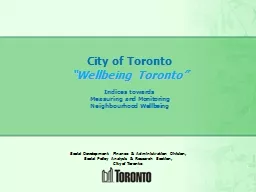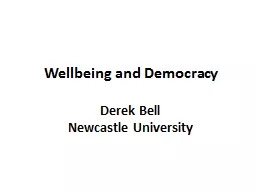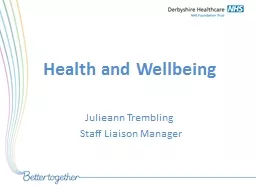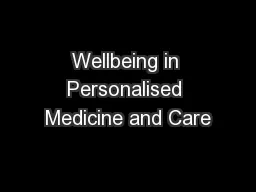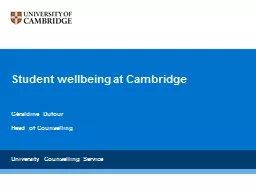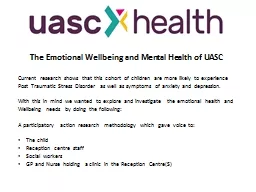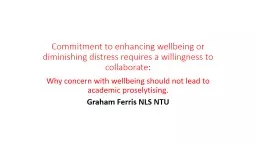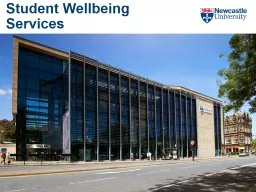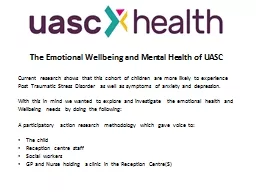PPT-City of Toronto “Wellbeing Toronto”
Author : aaron | Published Date : 2020-01-26
City of Toronto Wellbeing Toronto Indices towards Measuring and Monitoring Neighbourhood Wellbeing Social Development Finance amp Administration Division Social
Presentation Embed Code
Download Presentation
Download Presentation The PPT/PDF document "City of Toronto “Wellbeing Toronto”" is the property of its rightful owner. Permission is granted to download and print the materials on this website for personal, non-commercial use only, and to display it on your personal computer provided you do not modify the materials and that you retain all copyright notices contained in the materials. By downloading content from our website, you accept the terms of this agreement.
City of Toronto “Wellbeing Toronto”: Transcript
Download Rules Of Document
"City of Toronto “Wellbeing Toronto”"The content belongs to its owner. You may download and print it for personal use, without modification, and keep all copyright notices. By downloading, you agree to these terms.
Related Documents

